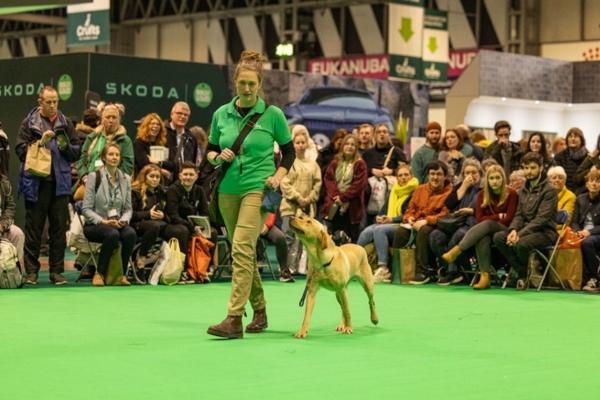
My big Crufts adventure
BASC’s Dr Cat McNicol shares her story about showcasing working gundogs at the world’s greatest dog show.
Get information on the legal shooting season for mammals and birds in the UK.
Apply for funding for your project or make a donation today
Comprehensive information and advice from our specialist firearms team.
Everything you need to know about shotgun, rifle and airgun ammunition.
Find our up-to-date information, advice and links to government resources.
Everything you need to know on firearms law and licensing.
All the latest news and advice on general licences and how they affect you.
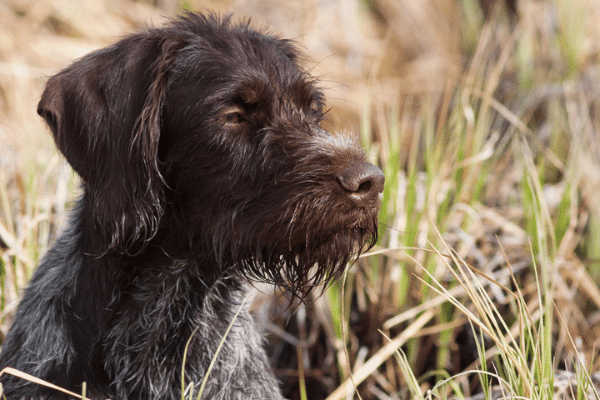
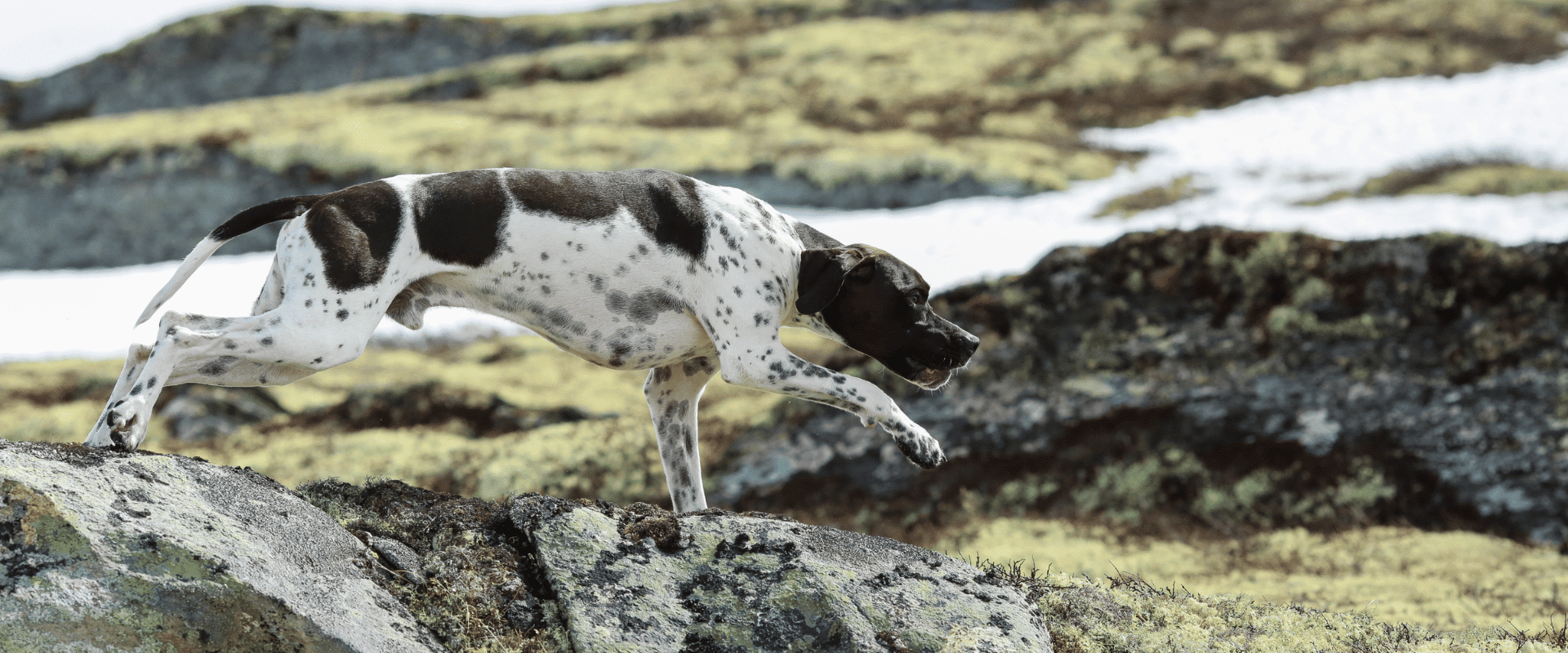
Labradors and spaniels might often steal the limelight, but pointers, setters and HPRs fill an important niche among our working breeds. Martin Puddifer explores their qualities and quirks and the crucial role they play on grouse moors. This article first appeared in the July/August edition of Shooting & Conservation.
Is it their astonishing game finding abilities, their regal appearance or their perseverance? Is it their speed, their stamina or their intelligence?
There is every chance that more than one of these traits will come up during a conversation between handlers of pointing breeds. Their collective background can certainly be described as pan-European: Italy, Germany, the former Czechoslovakia, France, Hungary, England, Scotland and Ireland can all lay claim to one or more, with the Italian spinone, Hungarian vizsla and weimaraner able to trace their origins back well over 500 years.
While populations of individual breeds have fluctuated over the centuries, and though they are behind the Labrador and spaniel in terms of popularity on these shores, pointing breeds are a common fixture on our moorlands during and outside the shooting season. And for good reason.
Pointers are fast and active, just like springer spaniels.
Setters are known for their stamina and perseverance, traits they share with Labradors.
The way they work, their very name, tells us a great deal about their role on shoot days. They will hunt for game by scent. Upon finding it they will freeze (or point) on the spot and, depending on the breed, indicate the presence of game by anything from sitting (or setting) down on the ground to raising a foreleg with tails level and muzzle forward. They then wait for the order to flush and once their quarry is shot they might be sent to retrieve it.
All of this work isn’t done over 30 yards and as quick as a flash, either. Pointing breeds work over much larger distances, maybe ten times larger, often in pairs, methodically quartering as they go.
David Hudson, a journalist and author who has written extensively on pointers and setters, understands the value of where and when they are at the top of their game.
“Pointers and setters are used to hunt game over much wider distances than flushing breeds because they have been bred to develop the instinct to pause for an instant before pouncing on quarry,” he explains.
“Retrievers, and to a lesser extent spaniels, work under the guidance of the handler, being directed to where game is known to have fallen or being pushed into likely spots of cover. With pointers and setters, finding game is entirely the job of the dogs: you don’t know where the grouse are located and you have to rely 100 per cent on your dog to scent and point them for you.
“You can teach a retriever 90 per cent of its job with dummies in the back garden, but a pointer or setter can only be trained in the basics of turning to the whistle and dropping on command. Everything else he or she has to learn from experience.”
David Hudson, a journalist and author who has written extensively on pointers and setters, understands the value of where and when they are at the top of their game.
“Pointers and setters are used to hunt game over much wider distances than flushing breeds because they have been bred to develop the instinct to pause for an instant before pouncing on quarry,” he explains.
“Retrievers, and to a lesser extent spaniels, work under the guidance of the handler, being directed to where game is known to have fallen or being pushed into likely spots of cover. With pointers and setters, finding game is entirely the job of the dogs: you don’t know where the grouse are located and you have to rely 100 per cent on your dog to scent and point them for you.
“You can teach a retriever 90 per cent of its job with dummies in the back garden, but a pointer or setter can only be trained in the basics of turning to the whistle and dropping on command. Everything else he or she has to learn from experience.”
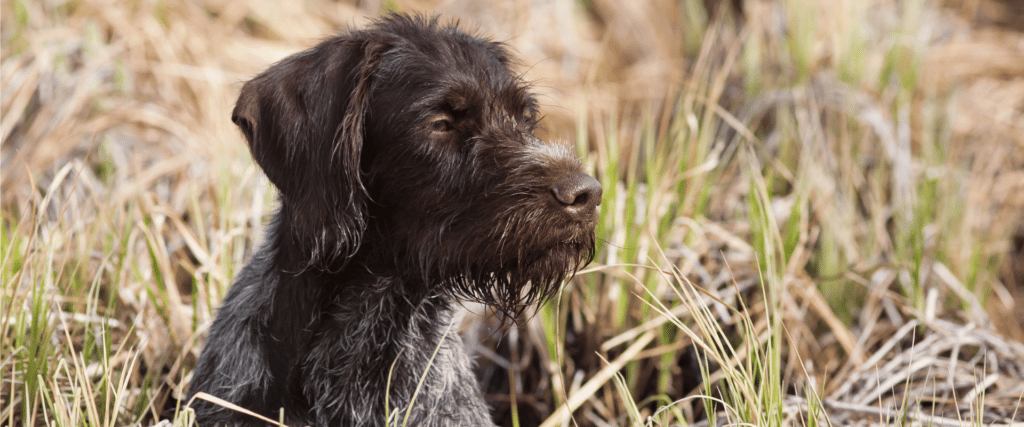
Jon Kean, a TV news producer and Kennel Club A Panel judge for pointers and setters, has seen every step of the many breeds’ training journey first hand through his involvement with sessions organised by the Kennel Club. This is useful, as there are myriad challenges facing a handler with a novice still finding its way.
“The challenges faced by handlers of inexperienced or poorly disciplined dogs include chasing fur and feather, persistent false pointing, poor ground treatment, flushing when working upwind and missing grouse on the beat,” Jon tells me.
“It is important that any such tendencies should be addressed in early training sessions. Some clubs hold training days on grouse moors which is beneficial to novice handlers. Handlers of pointers and setters need to have patience and any training session should be a pleasure for both dog and handler. Minimal handling is a tremendous virtue.”
Like Jon, David is a passionate advocate for pointers and setters. David loves to watch them work but accepts that they are not for everyone. There is, for him, however, nothing to beat these “supreme athletes” when it comes to walking-up open ground where every bird has to be worked for.
For open ground, think grouse moors, which is where the vast majority of pointing breeds find employment during the season, and a little earlier on when the spring and summer counts are conducted.
Grouse counting is just that. Dogs and handlers head up onto the moors to record the number of grouse they see on a given beat, reporting their findings to the gamekeepers/ landowners who will then use the data to establish if they have a harvestable stock for the coming season. This will in turn dictate how many shoot days can take place.
There are two grouse counts each year: one in spring, around March, and one in summer, around July. The purpose of the spring count is to give the estate an indication of the number of paired (and unpaired) grouse there are on given beats on the shoot. The second count, the “brood” count, seeks to indicate how well the pairs have bred and the ages of the birds within the coveys.
On both occasions, handlers are given a particular beat to cover (grouse counts are often held around the same date and even the same time of day year-on-year). The dogs are cast off, preferably into the wind, to find grouse, point and then flush them, at which time a note is made of their numbers.
“I prefer to do counting upwind (running the pointers into the wind), because I think you get a more accurate picture of the harvestable stock,” explains Jon Kean. “We will walk the same line and count the number of coveys in July. We will take a note of how many old and how many young are in each covey. It gives the gamekeepers a decent picture of what is happening on the moor.”
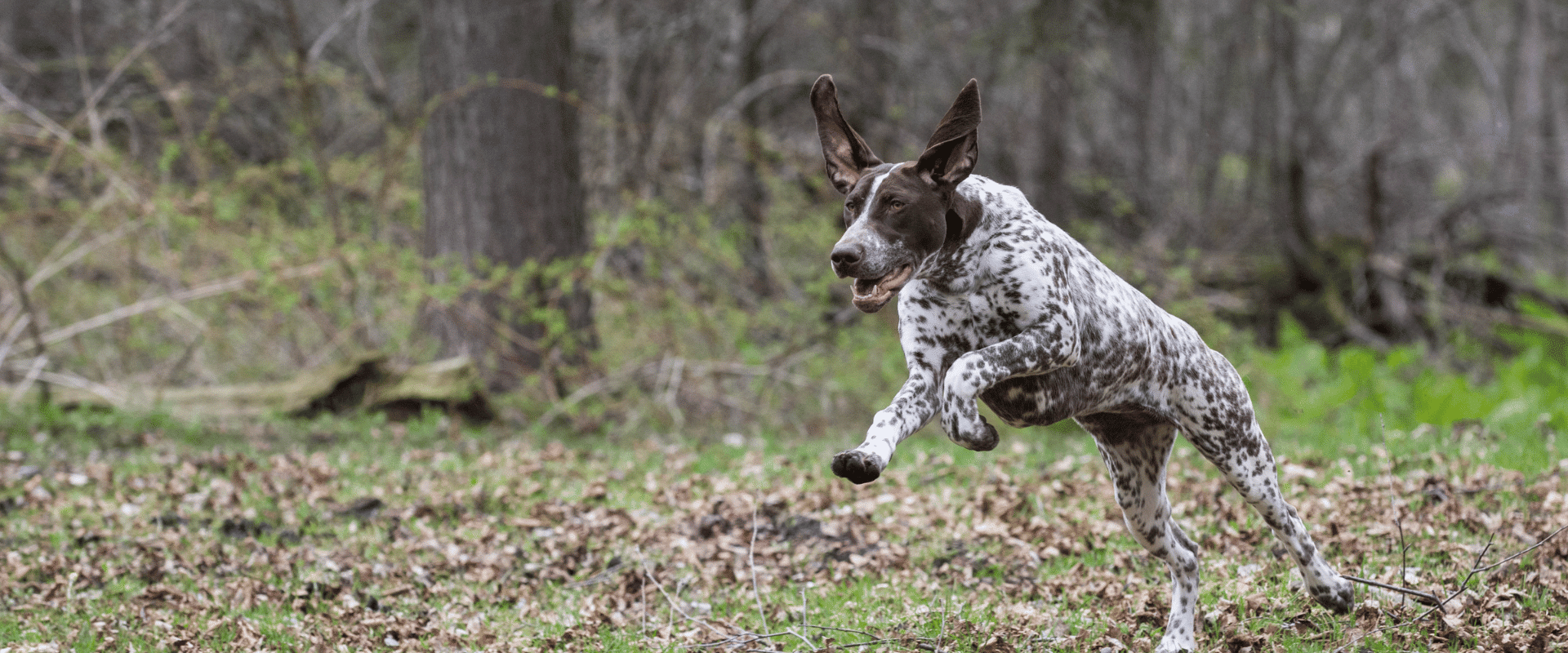
Someone else who is no stranger to the moors is 2021 HPR Championship winner Rory Major, who helps to conduct the grouse counts on an estate in North Yorkshire. Rory will take a team of Brittanys, German wirehaired pointers, wirehaired vizslas and Irish setters for the exercise, which can last for up to a week in some circumstances.
“Where I count they are not looking for the dogs to get out too far, maybe 70 to 100 yards either side of me. Any pointing breed is good at grouse counting because of the range they can work. You wouldn’t want a spaniel working the same ground,” says Rory, who also uses the count as a way to train his dogs for trials. “A lot of gamekeepers work a pack of spaniels but the pointing breeds will cover a more even beat in a more disciplined fashion.”
For Rory, a dog’s self-discipline is key when counting. He will take young dogs out on spring counts as a way of helping them to gain some experience. It’s a different story a few months later, though. “When you’re brood counting there can be young birds and you cannot afford to have ill-disciplined dogs around them. They need to be reliable and steady.”
The fitness levels of the dogs, and handlers being aware of what can go wrong on unpredictable moorland, are important factors too.
“I will run a brace of dogs for 20 minutes, depending on their fitness levels,” says Rory, who builds up his team in fields of sugar beet in preparation for their sorties. “You might be up on a grouse moor for a week on the different beats and you can’t turn to the gamekeepers and tell them that your dogs are tired. You’ve got a job to do.”
Grouse counts also present novice or younger handlers with the opportunity to gain valuable experience. “It’s not rocket science,” he says, “you are just counting the birds you see. The longer your dog is working in front of you, finding the birds, the better. There’s no real difference in the way you handle your dogs during a grouse count as you would for a team of Guns walking-up the moor. ”
“Given the nature of the terrain and the potential for injury, you can’t rely on just one or two dogs. The dogs will be running at one hell of a pace, so you can’t overstretch them. You’ve got gullies and holes and bogs and if they miss their footing or land badly it will hurt them. We drive up to our beat, unload the dogs that I want and then once that’s been covered, load everyone back and drive on to the next area.
David, Jon and Rory all agree that there is nothing quite like seeing pointing breeds working the moors, especially when they find what they have been sent to look for. For all of their hard work prior to the season, David bemoans the short amount of time that, he believes, pointing breeds are able to flourish in their proper atmosphere.
“Grouse generally become too wild to sit to a dog by the end of September,” he explains. “I have shot grouse over pointers and setters right up to the last day of the season but it gets harder as the season passes, though arguably more satisfying when things go well.”
Rory expresses equal satisfaction when he is out on the moors with his dogs, whether as a handler or a Gun walking-up the North Yorkshire heather early in the season.
“It is just an honour to be on a grouse moor, what more do you want in life? It’s probably the finest work a dog can do.”
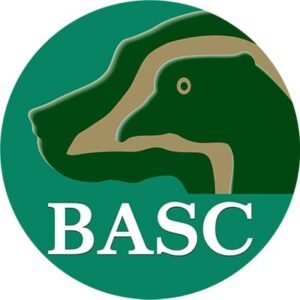

BASC’s Dr Cat McNicol shares her story about showcasing working gundogs at the world’s greatest dog show.

A Welsh springer spaniel has been crowned overall winner of the BASC gamekeepers’ classes on Gundog Day at Crufts 2023.

Toni Paull from the BASC South West team reflects on a final day picking up with an old friend.